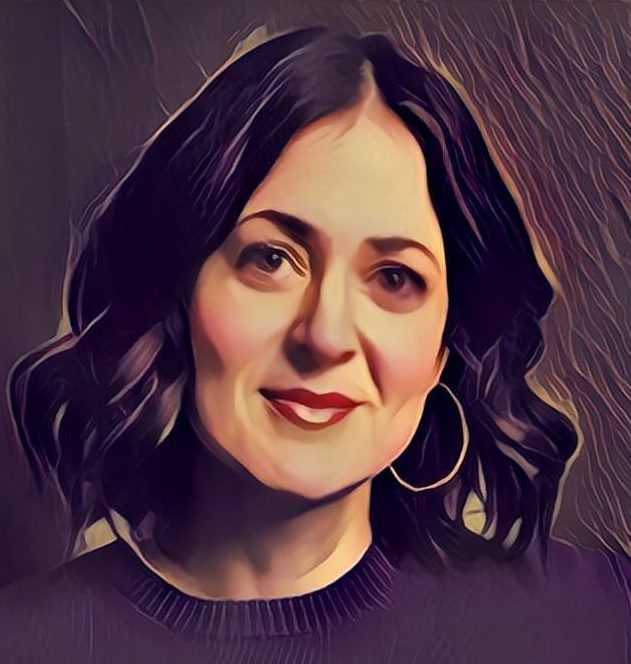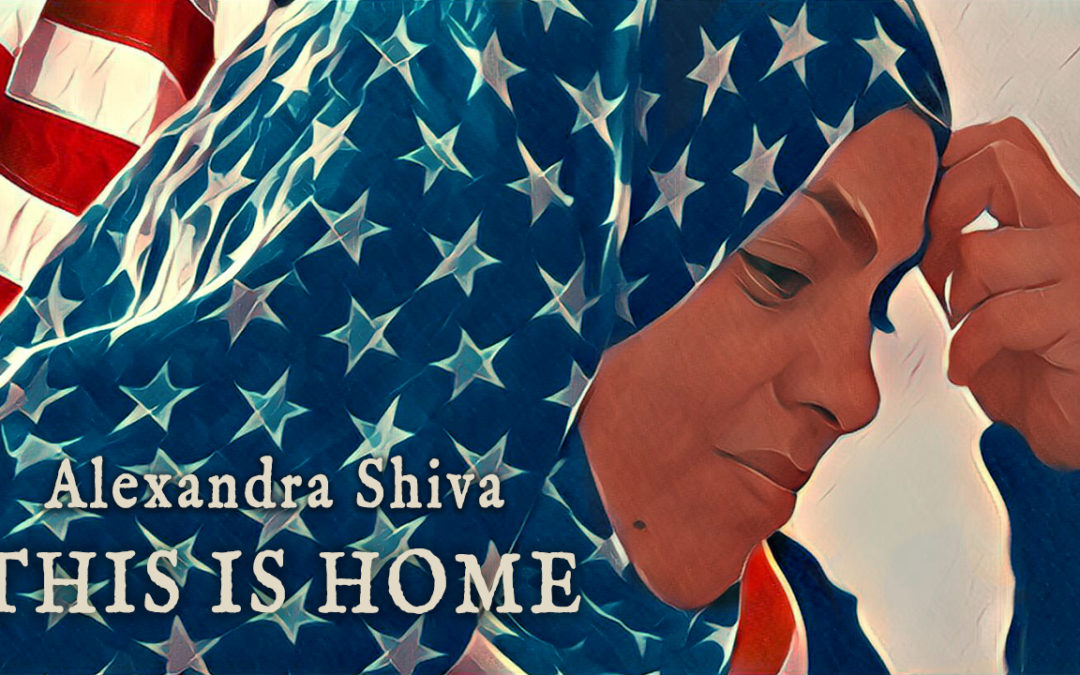This Is Home: A Refugee Story is a portrait of four Syrian families resettling in Baltimore after fleeing their war-torn homeland. This moving documentary chronicles their struggles to assimilate and rebuild their lives in America. Winner of the audience award at the 2018 Sundance Film Festival, This Is Home is available now on EPIX!
Recently we sat down with director Alexandra Shiva to find out more about this amazing film.
Lunacy: This is Home does a great job of humanizing it’s subjects without trying to turn them into perfect characters. It really shows them warts and all. Was that something you wrestled with in the edit?
Alexandra Shiva: I always find it very hard in the edit room. My guiding principle is always that someone should watch the film and recognize themselves. It may not be their favorite part of themselves, but they should recognize themselves. By showing someone’s complexity you’re actually showing their humanity. If you try to make someone too perfect, you’ve made a two-dimensional character. It’s something we’re very conscious of in every scene, especially with Khaldoun.
He’s a complicated character. Being a man from Syria who comes to another country and is told to drop his culture, and his wife has to work — it’s very interesting to see him pushing back against that. Someone said to me (and I love this term) that he was desperately trying to preserve his dignity. So there are two ways to look at it: he is being difficult, or he’s trying to preserve his dignity. Showing that in full was important.
LU: Speaking of showing both sides, you manage to tackle a subject that is right in the crosshairs of the political landscape while making a film that tells a human story not a political one. I feel like people from both sides of the aisle can enjoy this film. How did you manage to walk that line so finely?
AS: I didn’t want it to be talking heads, imposing the political structure on top of. It would have been very easy to do that. In the same way as it’s dangerous to make someone two-dimensional, the minute the film becomes too political, people disengage. The idea of making this film to begin with was to help people engage. To see past differences and see similarities, to connect, not to reject. It was very important in the edit room, to not make it overly political because we want people from all different walks of life and different view points to be able to get to know these families.
The other piece of telling a good story is to make it as specific as possible. For me, it’s about these particular people and their experience. That experience happened to include the travel ban in the middle of their first eight months of being here. It did not make sense to impose the political angle on it because I wanted the viewer, hopefully, to be experiencing that ban from their perspective.
LU: So much of documentary filmmaking is capturing moments as they happen and knowing you have to be very aware of what’s going on and yet here you’ve made a film where there are a lot of people speaking a foreign language. What is that like, trying to figuring out what is important and what you should be focusing on when you don’t always know what people are saying?
AS: The more detailed and more intimate asides were, to me, where the most interesting material ended up. It’s not the things they are saying for the camera. It’s the things they say when they don’t think anyone is listening. We translated and transcribed all 250 hours of footage. There’s a relaxation that sometimes doesn’t happen if everyone is speaking the same language. People get comfortable and they forget that they are being recorded. Not that we would ever use something that someone thought we weren’t taping, but they just become more relaxed. So I do think it has its advantages.
We had a lot of interpreters and translators helping us who were amazing. Ziad Dallal was out lead translator. We would send him something saying “did he really say over my dead body” and he’d send back a dissertation, “In 1912, King Faisel said blah, blah, blah, and then it was an idiom and then it became this other thing,” so yes, it was very complicated. He was also our cultural interpreter. It was really helpful. Subtitles are very difficult to work with. They were particularly hard on this movie because there were so much to translate.
I think it was a huge challenge for our DP Laela Kilbourn. She did an amazing job but it was very complex. We were shooting and editing concurrently and when we started to put the subtitles on, we realized each shot needed to be longer in order to manage the amount of subtitles. So she actually had to slowed the camera movement down in the field.
LU: Access is such a critical element to documentary work. Do you have any tips for other documentary film makers on how exactly to gain the trust of your subjects and get that access you need?
AS: I try to really engage with them and to have the subjects feel like they are partners in the process. On This Is Home, we spent a lot of time in Baltimore. I had a translation app on my phone. It was complicated for them because they had so much going on in their lives, it was hard to keep track of when to call and let us know something was going on that we might want to come film. I would just check in constantly.
While we were shooting, either (producer) Lindsey Megrue or I was constantly checking in. With this translation app I could have my texts translated into Arabic. They could text and it would translate into English. Back and forth, back and forth. I am actually still in constant contact with everybody.
It was a complicated experience. One day I called the sisters and said, “Would you mind if I just slept over and filmed you on my iPhone. They said sure. I filmed for 24 hours and at some point in the morning I said, “hurry up and put your hijabs on so I can use this in the film.” They said, “No, you can film us without the hijabs.” That level of intimacy was very important, especially for them. We didn’t end up using that footage, but it was great that they were that comfortable with me.
Thanks for reading! Enjoy This Is Home: A Refugee Story on EPIX, and tune in to the Lunacy Blog next week for the second part of our interview with filmmaker Alexandra Shiva!

About Alexandra Shiva
Alexandra Shiva is a documentarian known for critically acclaimed films like Bombay Eunuch, Stagedoor, and the Peabody Award winning How To Dance In Ohio.
Her most recent film, This Is Home: A Refugee Story, won the audience award for World Documentary when it premiered at the 2018 Sundance Film Festival. Be sure and check it out today on EPIX.

